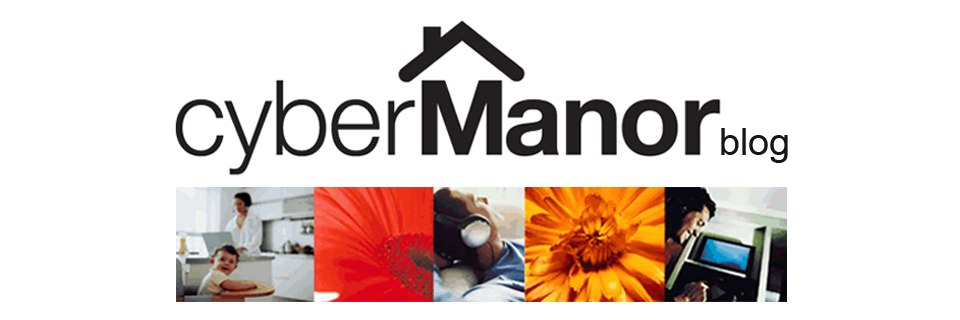 As we start the next decade of custom residential electronic integration it’s clear that we have to know as much about software as the hardware that we sell. While it has always been important for us to know the detailed hardware specifications of flat screen TVs, whole house audio systems or home control systems – it’s now equally critical that we know how these products are being enhanced by new software applications commonly known as apps and widgets.
As we start the next decade of custom residential electronic integration it’s clear that we have to know as much about software as the hardware that we sell. While it has always been important for us to know the detailed hardware specifications of flat screen TVs, whole house audio systems or home control systems – it’s now equally critical that we know how these products are being enhanced by new software applications commonly known as apps and widgets.With Apple once again in the creative and influential lead in our industry (remember how the iPOD affected our whole house audio solutions), the app store that they introduced to enhance their phone is now being emulated by companies like Control4 to enhance their home control offerings. Control4 calls it their 4Store. Starting sometime early this year, you will be able to add Control4 apps that will allow you to do things like check your Google calendar, make a dinner reservation, or even get first aid information from any in-wall, tabletop, or Control4 TV screen around the home. Think of how useful it would be to see your Google calendar on any Control4 7” touchscreen – now there is an app for that!
Residential hardware, software, and service companies are recognizing that Control4 now has the market share and the screen real estate to leverage the use of their product or service in thousands of US homes - and in almost any room of those homes. While iPhone applications tend to be oriented towards mobile services, Control4s in-home applications tend to be oriented to in-home services, such as monitoring your home’s electrical usage or opening your front door. Initially Control4 will only have a few dozen applications but one would expect that to grow very quickly as third party developers realize the value they can add to their residential products by adding a Control4 application to their product that can communicate over a standard ZigBee Pro wireless protocol. “The introduction of the 4Store could have the same kind of impact on the smart home that the iTunes App Store has had on the smartphone,” says Will West, CEO of Control4. “It provides a unique way for homeowners to personalize their control system so they get more enjoyment from their homes and more efficient use of all their devices and systems.”
Widgets act much like applications in that they are small software programs geared to providing a unique software service to a hardware platform. Widgets are springing up like weeds on almost every new TV set these days - offering up services like weather, stock, downloadable movies, social sites, sports, auction sites – you name it. If it’s a service that a large number of viewers would like to watch on demand from their internet connected TV then expect that you’ll find a widget to support it. One of the more interesting widget applications that was shown at CES this year was in the Panasonic booth with their Skype video conferencing application. The Panasonic Skype enabled TV (with a small camera and microphone located at the top of the TV) would recognize when a Skype call came in with a small icon popping up on the lower right portion of the TV screen. With your TV remote you click on Skype call-in icon and instantly the caller’s image shows up on the screen and you are in a video call on your big screen TV – even the whole family can join in. With Skype having over 500 million users worldwide I wouldn’t be surprised if this feature becomes a standard software addition to all TVs within the next 5 years.
Other widgets that have exploded in popularity recently include the Netflix widget to allow customers to instantly download movies. This widget can now be found on almost all high-end TVs and Blu-ray players and (you could probably see this coming) as an application on Control4 touchscreens. Pandora is another widget that has gained tremendous popularity on a number of audio receivers, TVs, and digital photo screens. It seems like almost anything with a wired or wireless internet connection and speakers is now a candidate for Pandora’s music streaming services.
As custom electronics integrators it’s imperative that we are knowledgeable about the new apps and widgets that are permeating the intelligent, connected homes that we design and install. Just think of how iPhone customers brag about the amazing things they do with their phones based on apps they add to their phone. Our clients will now be able to enjoy the same great experience in their homes when they add apps and widgets that enhance the value of the integrated platforms that we install. Now isn’t that a nice change – instead of our technological solutions becoming obsolete over time they will actually improve with a healthy daily dose of our recommended home apps and widgets!
(Reprinted from Residential Systems Magazine)

















